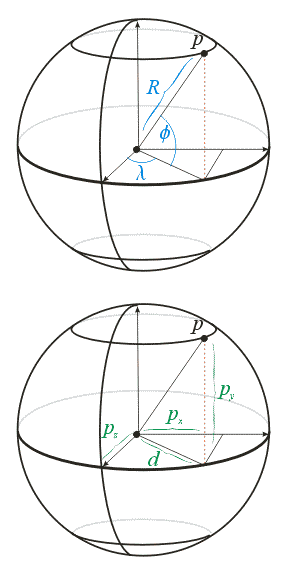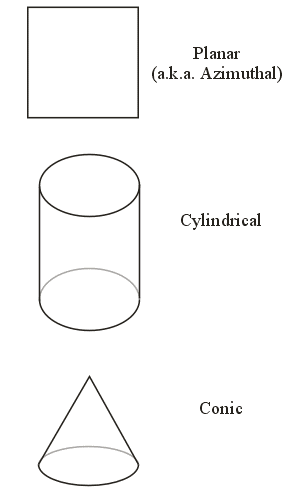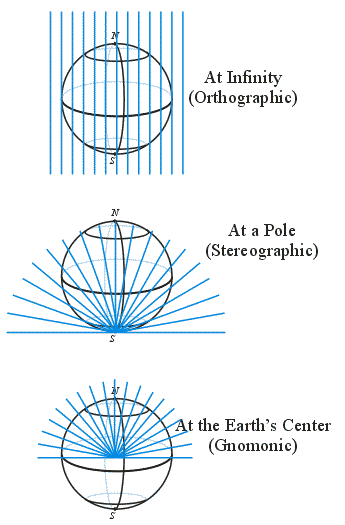

Scientific Visualization and Animation: Examples from Geography
|
|
Prof. David Bernstein
James Madison University
|
|
|
Computer Science Department
|
|
bernstdh@jmu.edu
|

From Longitude/Latitude to Cartesian Coordinates (cont.)



svaexamples/cartography/projections.c
(Fragment: lonlat2xyz)
Visualizing a Globe (cont.)



Representing Geographic Features
svaexamples/cartography/feature.c
Visualizing a Globe (cont.)



Reading Country Borders
svaexamples/cartography/initialization.c
(Fragment: readPolygons)
Visualizing a Globe (cont.)



Longitude/Latitude Lines
svaexamples/cartography/initialization.c
(Fragment: createGrid)
Visualizing a Globe (cont.)



Drawing the Features
svaexamples/cartography/globe.c
(Fragment: display)
Visualizing a Globe (cont.)



Putting It All Together
svaexamples/cartography/globe.c
(Fragment: main)
Equatorial Cylindrical Equal Area Projection (cont.)



svaexamples/cartography/projections.c
(Fragment: cylindricalEqualArea)
Visualizing a Map (cont.)



Drawing the Features
svaexamples/cartography/map.c
(Fragment: display)
There's Always More to Learn









